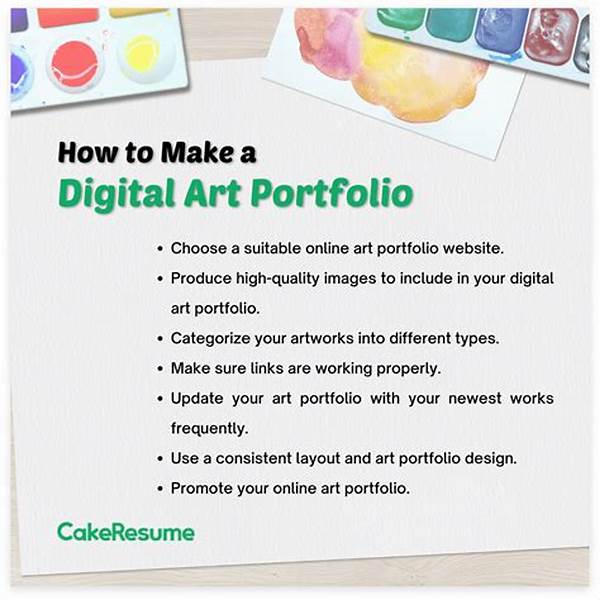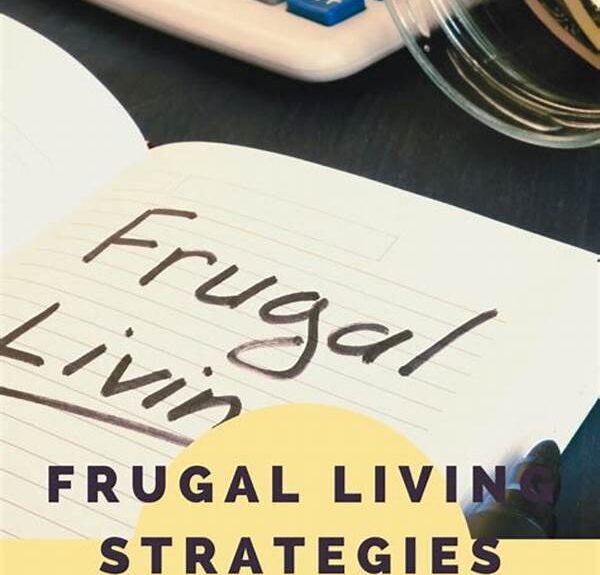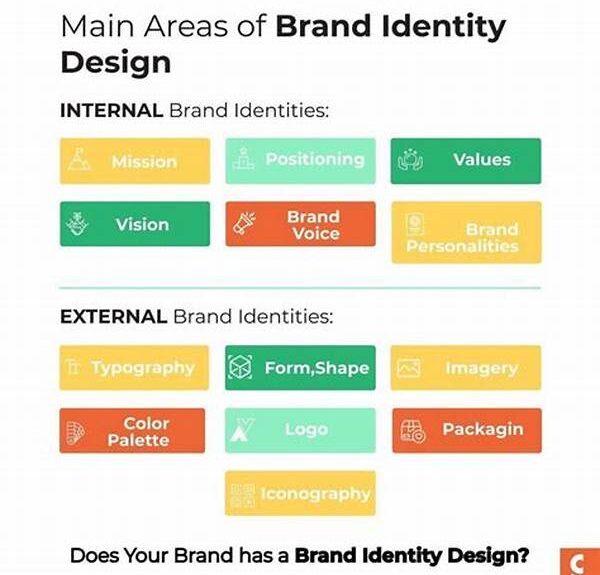Creating an art portfolio can be both an exciting and daunting task. Your portfolio is a curated collection of your best work, reflecting your skills, creativity, and artistic vision. Whether you’re applying to art schools, seeking employment in the creative field, or showcasing your work to potential clients, having a well-organized portfolio is essential. These guidelines for art portfolio creation will help you assemble a compelling presentation that effectively communicates who you are as an artist. It’s not just about displaying your artwork; it’s about telling your story and highlighting your unique perspective.
Read Now : Cohesive World-building Strategies
Understanding the Purpose of Your Portfolio
When embarking on the journey of creating a portfolio, understanding its purpose is crucial. A portfolio is more than just a collection of artworks. It is a visual summary of your artistic journey, showcasing not only your technical skills but also your conceptual thinking, style, and versatility. When following the guidelines for art portfolio creation, it’s important to tailor your portfolio to your audience. If you are applying to art schools, admissions committees typically look for a range of skills and innovation. For professional opportunities, however, showcasing your specialization and style might be more advantageous.
The first step in the guidelines for art portfolio creation is to identify your target audience and purpose: Is it for academic purposes, professional employment, or galleries? Understanding this will influence content selection, presentation style, and even the medium you choose for your portfolio. Once you have a clear goal in mind, you can curate your work to best represent your strengths and achievements. Remember, a coherent and purpose-driven portfolio speaks volumes about your commitment and understanding of the art world.
Creating a diverse yet cohesive collection is another critical aspect of these guidelines. It’s essential to demonstrate a balance of skills while maintaining a consistent artistic voice. This doesn’t mean your work should all look the same; rather, each piece should collectively contribute to the narrative you want to convey. Cohesion in your portfolio will reflect your ability to explore different mediums and subjects while remaining true to your artistic identity.
Key Elements of a Compelling Art Portfolio
1. Selection of Work: Choose pieces that showcase the depth and breadth of your skills. Analyze each piece’s relevance to the guidelines for art portfolio creation and assess if it aligns with your intended narrative.
2. Quality Over Quantity: It’s more effective to include fewer high-quality artworks than numerous average pieces. This approach is fundamental to the guidelines for art portfolio creation.
3. Consistent Presentation: Ensure that all pieces are consistently presented, keeping in line with the guidelines for art portfolio creation. This entails format, size, and accompanying descriptions.
4. Clear Organization: Structure your portfolio in a logical order that reflects your guidelines for art portfolio creation. This could be chronological, thematic, or by medium.
5. Personal Touch: Infuse your personality into your portfolio. Following guidelines for art portfolio creation doesn’t mean foregoing personal expression—your unique perspective should shine through.
Tools and Platforms for Portfolio Creation
In today’s digital age, utilizing online tools and platforms is integral to the guidelines for art portfolio creation. These tools not only provide a professional platform but also facilitate wider audience reach. Websites like Behance, ArtStation, and personal websites built through WordPress or Wix offer great flexibility in designing an online portfolio. Depending on your audience, determining whether a digital portfolio, print portfolio, or a combination of both is most appropriate is crucial.
When considering the guidelines for art portfolio creation, it’s beneficial to stay updated with current digital trends. Many artists and employers expect to see an online presence, and having a digital portfolio allows for easy sharing and accessibility. Moreover, digital portfolios can be dynamic, easily updated, and tailored for different opportunities.
While digital platforms offer certain advantages, never underestimate the power of a tangible, print portfolio, especially in gallery settings or interviews where physical interaction could leave a lasting impression. No matter the medium, ensure that your portfolio is navigable and intuitive, allowing your art to shine.
Enhancing Your Portfolio’s Impact
To further align with the guidelines for art portfolio creation, here are ten effective techniques to boost your portfolio’s impact:
1. Tell a Story: Let your portfolio narrate the evolution of your artistic journey.
2. Seek Feedback: Regularly get second opinions to refine your portfolio.
3. Highlight Achievements: Include any accolades or recognitions you have received.
4. Update Regularly: Ensure your portfolio remains current and relevant.
5. Customizable Portfolio: Tailor versions of your portfolio for specific opportunities.
Read Now : Creating A Strong Brand Identity
6. Detailed Captions: Offer insightful captions or summaries for each piece, enhancing the guidelines for art portfolio creation.
7. Professional Highlights: Showcase any collaborative works or professional experiences.
8. Include a CV: An up-to-date resume can complement your portfolio effectively.
9. Show Progression: Display how your artistic skills and concepts have evolved.
10. Emphasize Uniqueness: Clearly define what sets you apart as an artist.
Reflecting Your Unique Artistic Process
The guidelines for art portfolio creation emphasize showcasing your unique artistic process. Begin by reflecting on the phases of creating each artwork, from initial inspiration to final touches. Understanding and illustrating this evolution can offer deeper insights into your creative identity and methods. Potential clients or schools appreciate an authentic glimpse into an artist’s mind, where they can witness the journey behind the finished product.
Articulating your journey in your portfolio means including preparatory sketches, drafts, or even a photographic timeline. This approach reveals the underlying thought processes and problem-solving skills employed along the way. Such transparency in your art creation can engage your audience, as they witness the dedication and perseverance inherent in your craft.
Moreover, including reflections or captions that articulate your thoughts during the creation process enriches the storytelling aspect of your portfolio. Your audience will appreciate understanding the motivations and influences behind your work, which further personalizes your presentation. Executing the guidelines for art portfolio creation with honesty and introspection creates a stronger connection with your viewers, ultimately elevating your portfolio.
Preparing for Articulating Your Work
Articulating your work is as critical as the visual presentation in the guidelines for art portfolio creation. Crafting an artist statement or adding descriptions to each piece elevates your portfolio, bridging the gap between artist and audience. An effective narration not only resonates with your viewers but provides context, delves into thematic elements, and highlights your creative intent.
Start by clearly expressing your creative vision and the underlying narrative of your portfolio. Depict how your personal experiences, cultural background, and artistic influences shape your work. This narrative deepens the viewer’s understanding, allowing them to engage with your art on multiple levels. Equally important is describing specific techniques and mediums used, which demonstrates your technical capabilities and versatility.
Furthermore, highlighting any challenges faced during the creation process and how you overcame them showcases problem-solving skills and determination. Every piece in your portfolio should have a purpose and contribute to your overarching artistic discourse. Eloquence and clarity in articulating these elements are paramount to convincingly convey the essence of your art. These practices ensure your portfolio not only captivates visually but also intellectually, aligning with the comprehensive guidelines for art portfolio creation.
Conclusion: The Importance of Following Guidelines
In summary, adhering to the guidelines for art portfolio creation is a strategic approach to creating a compelling and professional showcase of your work. Through thoughtful selection, presentation, and articulation, your portfolio becomes a powerful reflection of your artistic capabilities and identity. Each section of these guidelines—be it selecting the right work, utilizing digital platforms, or adding personal narratives—contributes to a more impactful and memorable impression on your audience.
The guidelines for art portfolio creation serve not merely as a checklist but as a framework to build a cohesive and narrative-driven representation of your artistic journey. Careful consideration of each element ensures your portfolio isn’t just a static collection of works, but a dynamic introduction to you as an artist. Ultimately, a well-crafted portfolio serves as your ambassador, enhancing opportunities for academic acclaim, professional growth, and artistic recognition.
Incorporating these guidelines helps organize and elevate your work to professional standards, ensuring that it accurately reflects your unique perspective and serious commitment to your craft. Whether for academic, personal, or professional purposes, your art portfolio is a vital asset that communicates your vision to the world.



